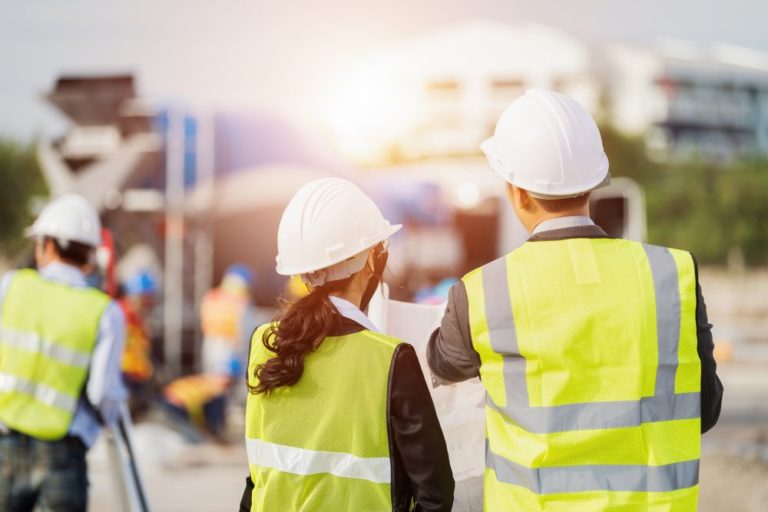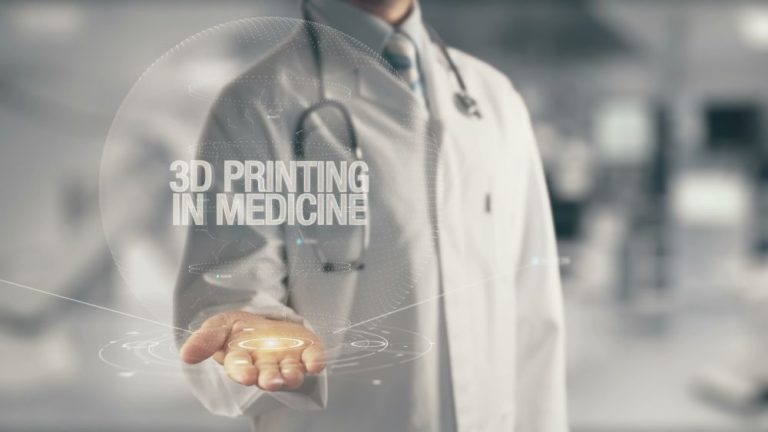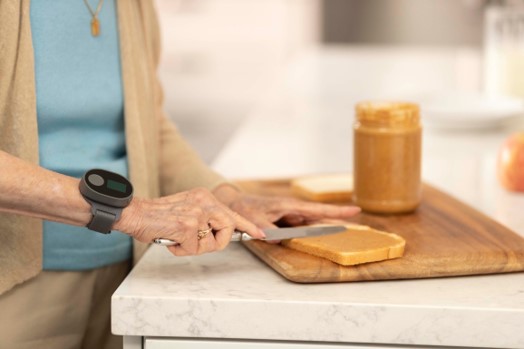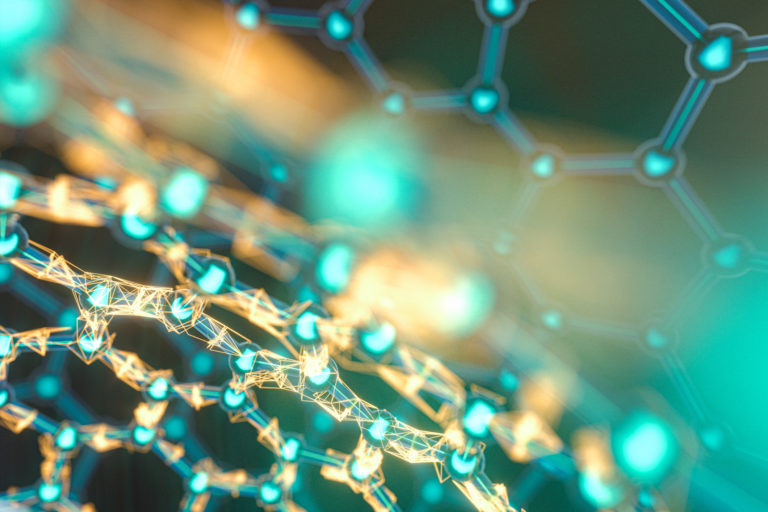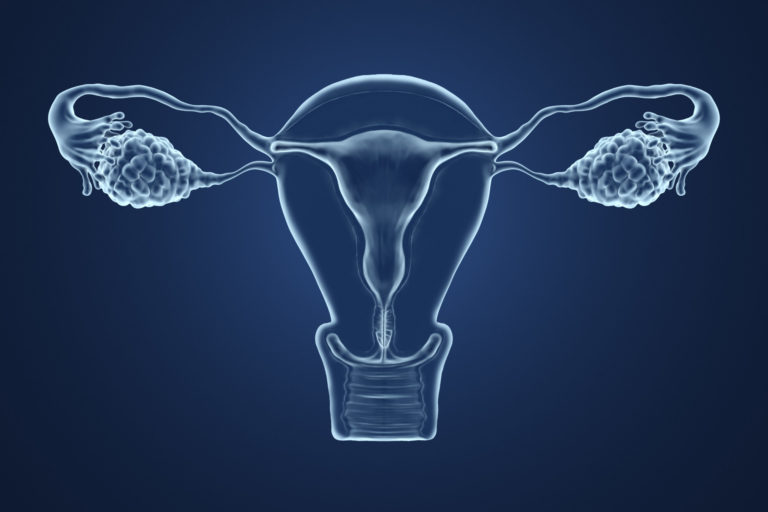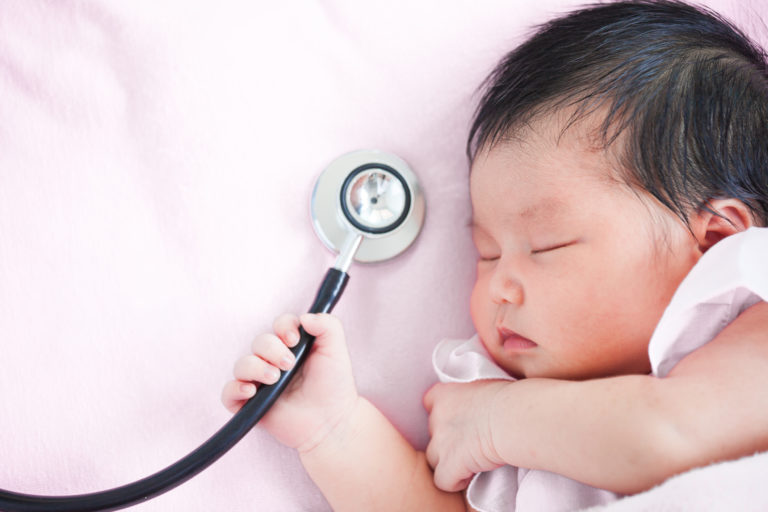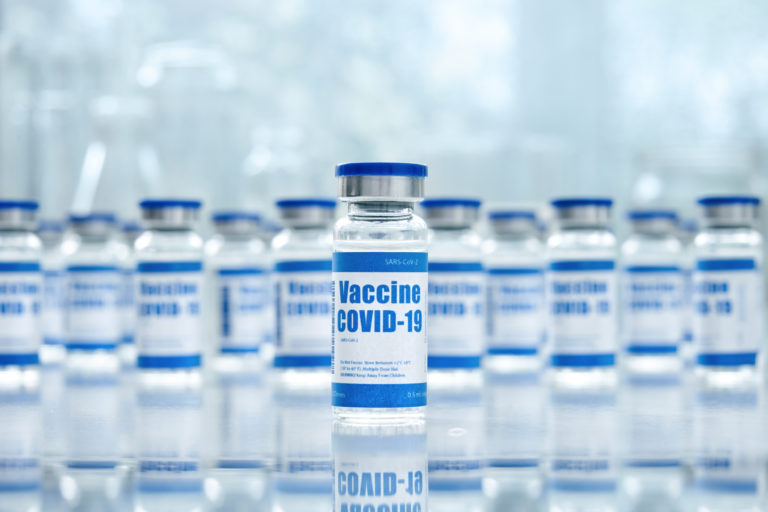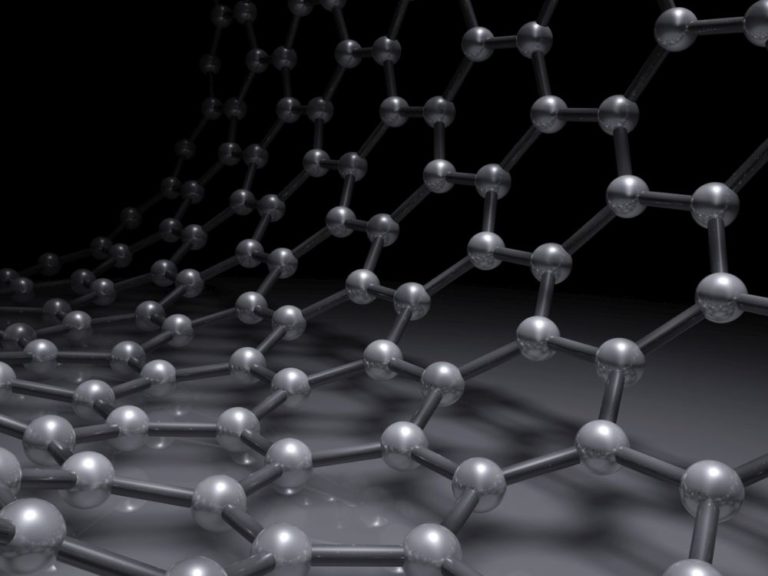Novel Health Risk Alert System for Occupational Safety in Hot Environments https://www.embs.org/pulse/wp-content/uploads/sites/13/2021/08/Hirata-iStock-1029794650_small.jpg 1000 667 IEEE Pulse //www.embs.org/pulse/wp-content/uploads/sites/13/2024/03/ieee-pulse-logo-dsktp2x.png
The last century has seen a gradual increase in global average temperatures—a phenomenon that has come to be known as global warming. The World Meteorological Organization (WMO) has reported that 2020 was one of the three warmest years on record and that the global average temperature was ~1.2 oC above preindustrial (1850–1900) levels. Adverse effects on health resulting from global warming are important issues to consider, as health risks associated with such extreme heat are anticipated. read more



